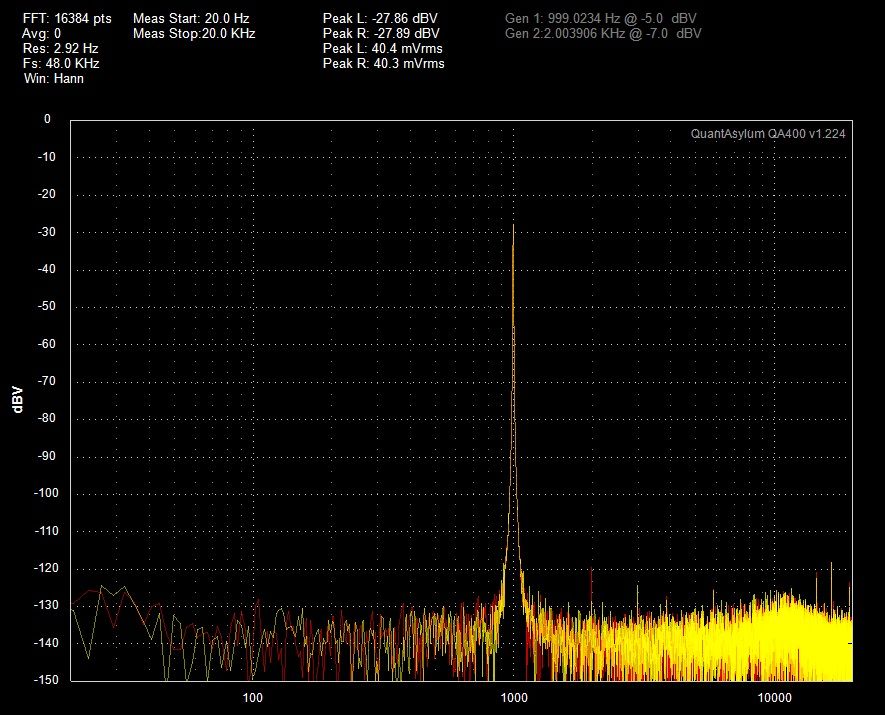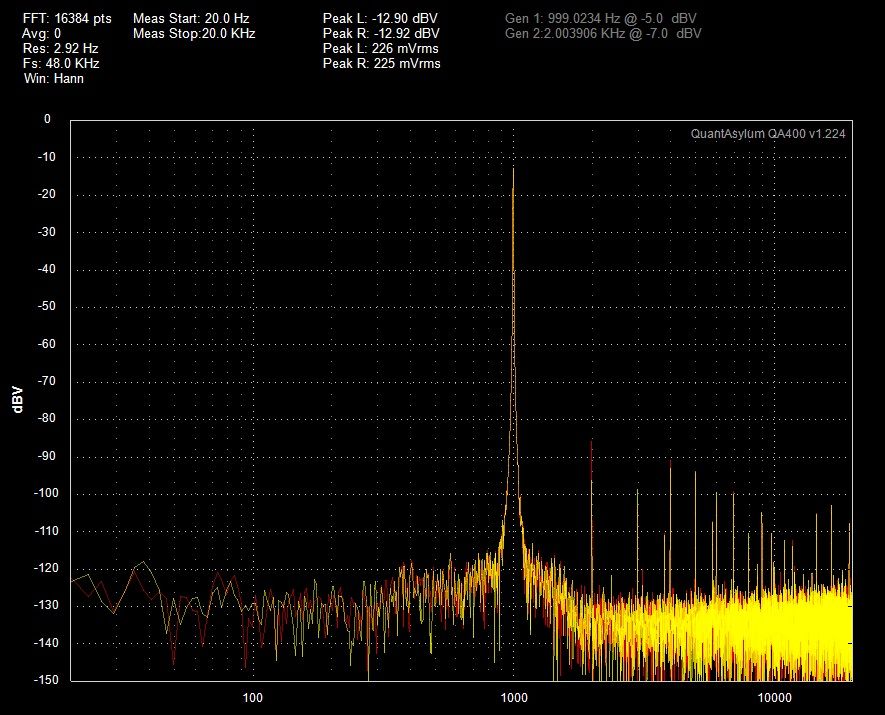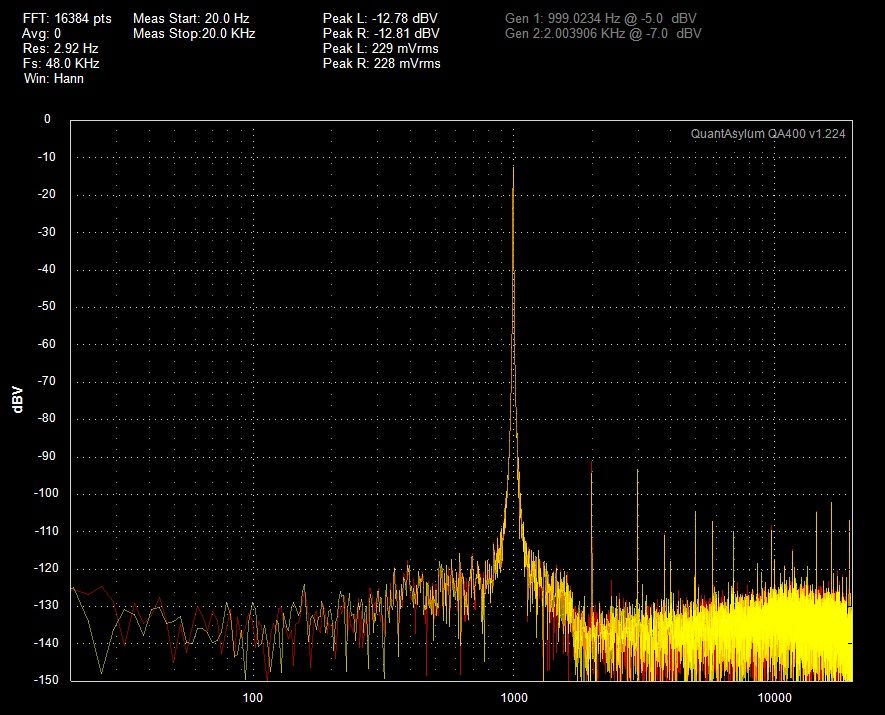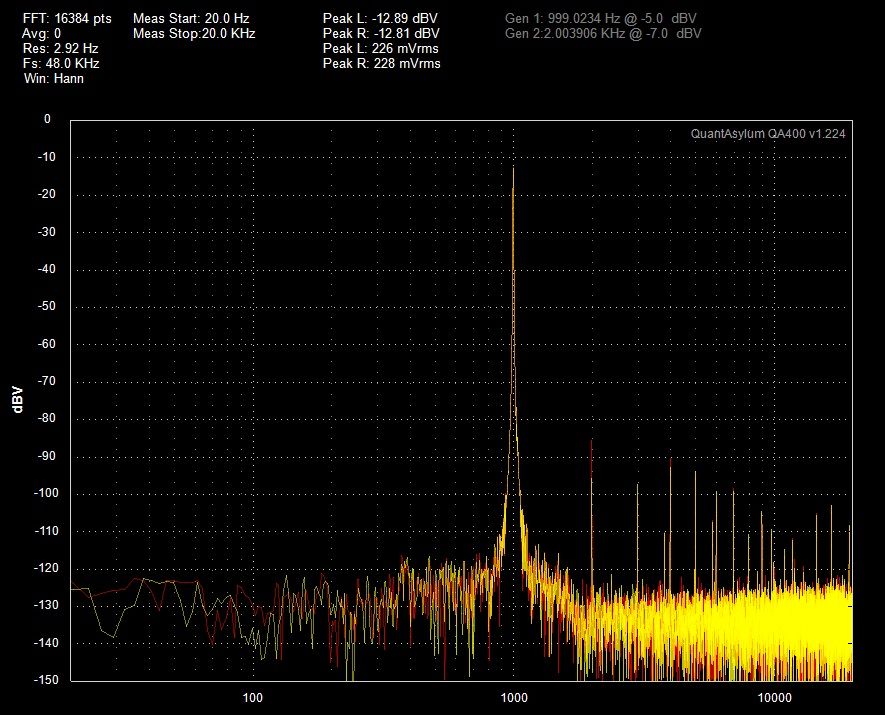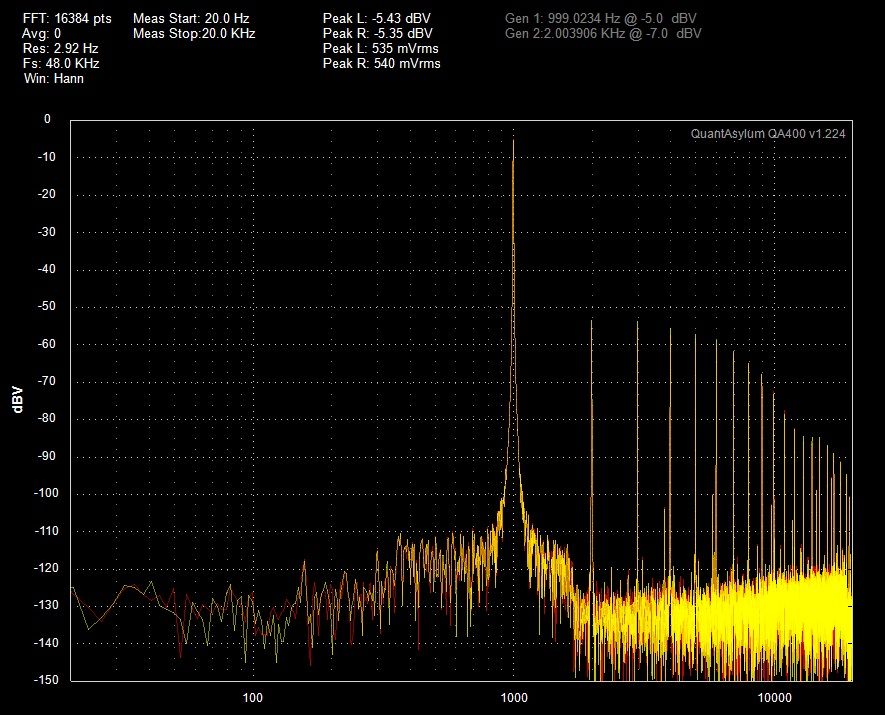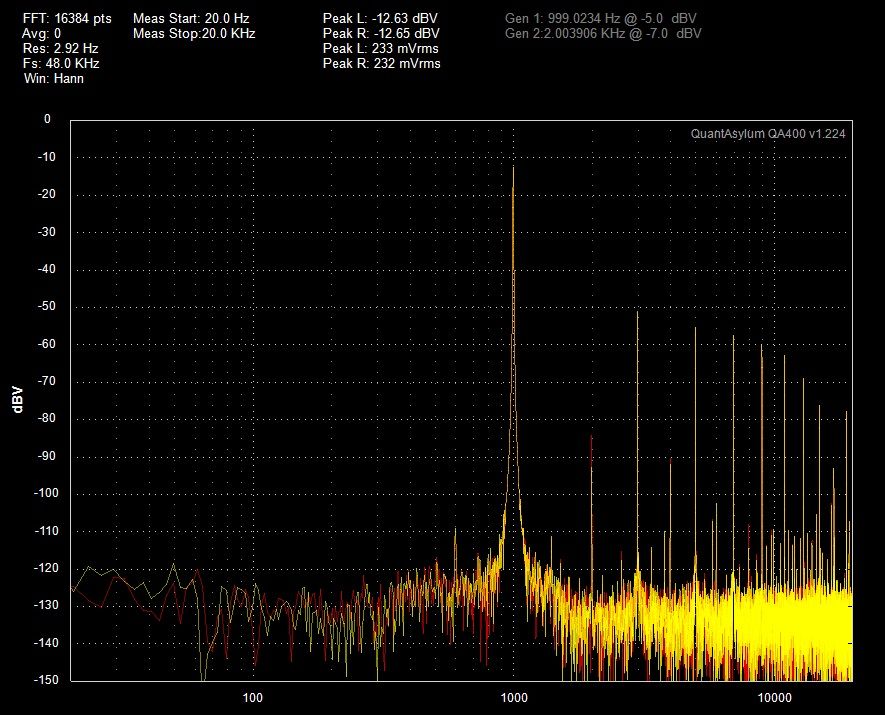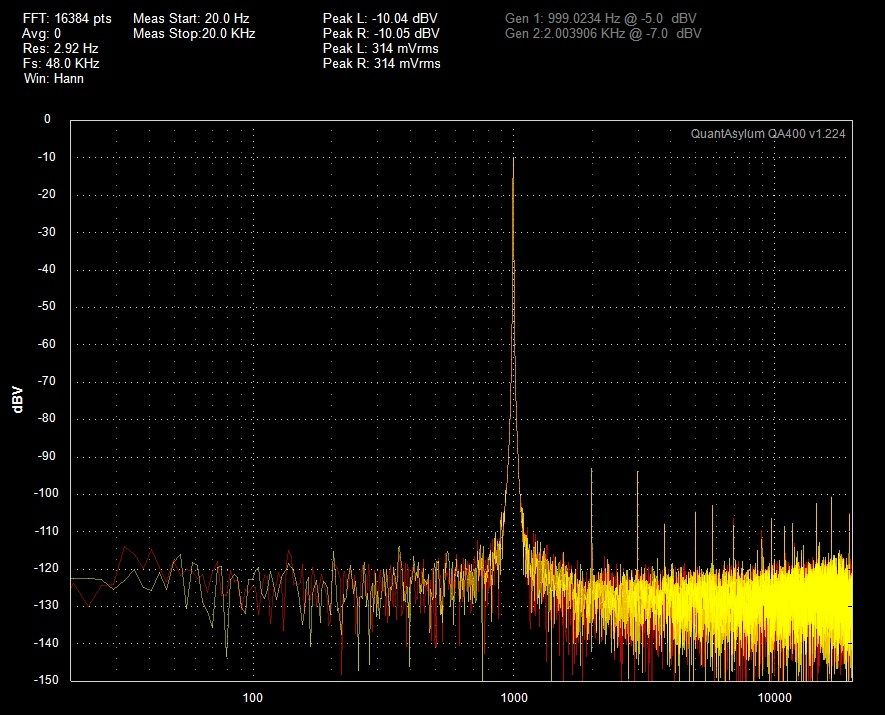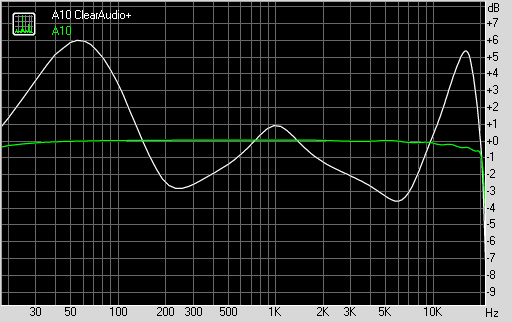Mmet
1000+ Head-Fier
- Joined
- Jan 2, 2014
- Posts
- 1,405
- Likes
- 183
Tried amping with fiio before ... it kills my favorable sony sound ... yes it measures bad .. BTW i didn't see before a good measuring walkman dap

 ... but i love how they sound ....
... but i love how they sound ....
then amping with the Predator and that was a real bonus and real gain in sound .. but then i missed the openness of that walkman sound ( the predator is dark by nature ) .. and more importantly the portability factor .. i put it in my pocket ... then forget that i am even carrying it in my pocket .. so i decided to use it as it is ... specially that i use it with a sensitive iem in range of vol. 12-15 ( its ideal sounding state )
to sum it up : it is a great device as it is ... use it as intended and it will not disappoint



then amping with the Predator and that was a real bonus and real gain in sound .. but then i missed the openness of that walkman sound ( the predator is dark by nature ) .. and more importantly the portability factor .. i put it in my pocket ... then forget that i am even carrying it in my pocket .. so i decided to use it as it is ... specially that i use it with a sensitive iem in range of vol. 12-15 ( its ideal sounding state )
to sum it up : it is a great device as it is ... use it as intended and it will not disappoint

























